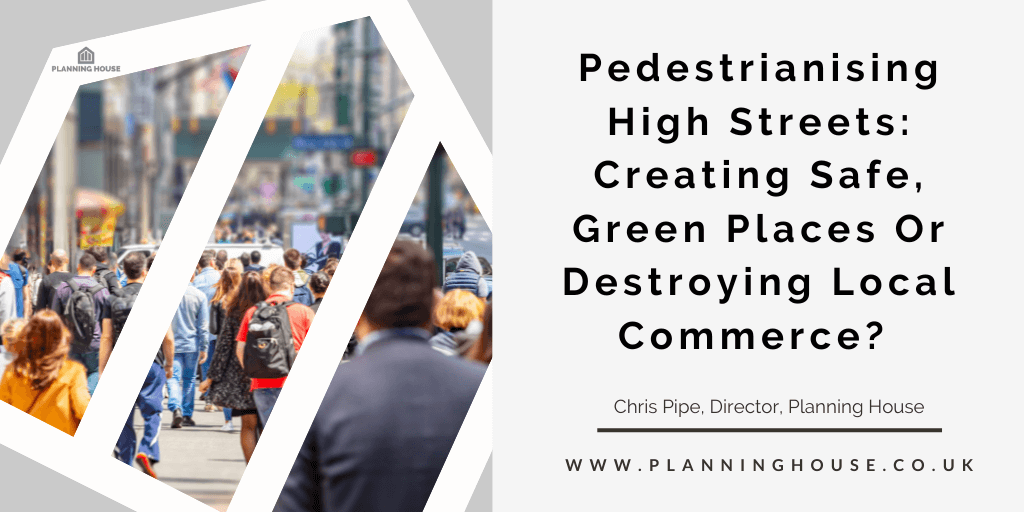Pedestrianising high streets involves prioritising pedestrians and creating car-free zones to transform bustling commercial areas into vibrant, people-friendly spaces. While this approach aims to enhance the attractiveness of high streets, there is an ongoing debate regarding its impact on local commerce. This article explores the potential benefits and challenges of pedestrianisation, questioning whether it truly revitalises high streets or inadvertently harms local businesses.
Creating Attractive and Liveable Spaces
One of the primary motivations behind pedestrianising high streets is to create more attractive and liveable spaces. By reducing traffic, town planners aim to enhance the overall experience for pedestrians, encouraging them to spend more time exploring the area. Car-free zones can be transformed into vibrant social hubs, with opportunities for street performances, alfresco dining, and community events. These pedestrian-friendly environments foster a sense of place and create a stronger connection between people and their local communities.
Improved Walkability and Sustainable Transport
Pedestrianisation promotes walkability and encourages alternative modes of sustainable transport, such as cycling and public transit. By reducing the dominance of cars, high streets become more accessible and inviting to a broader range of people. This can lead to increased footfall, benefiting local businesses as more potential customers are drawn to the area. Moreover, the emphasis on sustainable transport aligns with environmental objectives, reducing pollution, congestion, and carbon emissions.
Challenges for Local Commerce
Critics argue that pedestrianising high streets may have negative consequences for local commerce. Concerns include reduced accessibility for customers who rely on private vehicles, potential decline in sales due to decreased parking availability, and the displacement of existing businesses that may struggle to adapt to the changing landscape.
Furthermore, the costs associated with implementing pedestrianisation, such as redesigning infrastructure and managing traffic rerouting, can pose financial burdens for local authorities and businesses alike.
A case featured recently in the Chronicle highlights the challenge Urban Planners face when trying to create a more pedestrianised area in a bustling city without impacting local trade >> Newcastle Council ‘won’t give up’ on pedestrianising city centre despite Blackett Street delay.
Striking a Balance
Finding a balance between creating attractive, pedestrian-friendly spaces and supporting local commerce is crucial. Successful pedestrianisation projects often involve comprehensive planning that considers the unique needs and characteristics of each high street. Engaging with local businesses and communities throughout the process is essential, ensuring their concerns are heard and incorporated into the plans. Additionally, providing adequate alternative transport options, including park-and-ride facilities and improved public transit, can help mitigate accessibility challenges.
Embracing Innovation and Collaboration
Rather than viewing pedestrianisation as a threat, local businesses should explore opportunities for innovation and collaboration. Creative initiatives, such as pop-up markets, street performances, or outdoor seating areas, can attract customers and foster a lively atmosphere. Collaboration between businesses, town planners, and local authorities is crucial for implementing shared strategies, such as marketing campaigns, events, and targeted support programs, to help businesses thrive in the evolving high street environment.
With careful planning, pedestrianisation can strike a harmonious balance between creating attractive environments and supporting local commerce, ensuring the long-term vibrancy and sustainability of our high streets.
Related Content:
Our series of eBooks and Practical Guides which cover everything from the very basics of town planning to application processes and what developers need to consider.
If you’re not sure if you need help from a Town Planner take a look at blog on When to Hire a Town Planner our download a Guide on How to Choose a Town Planner.


